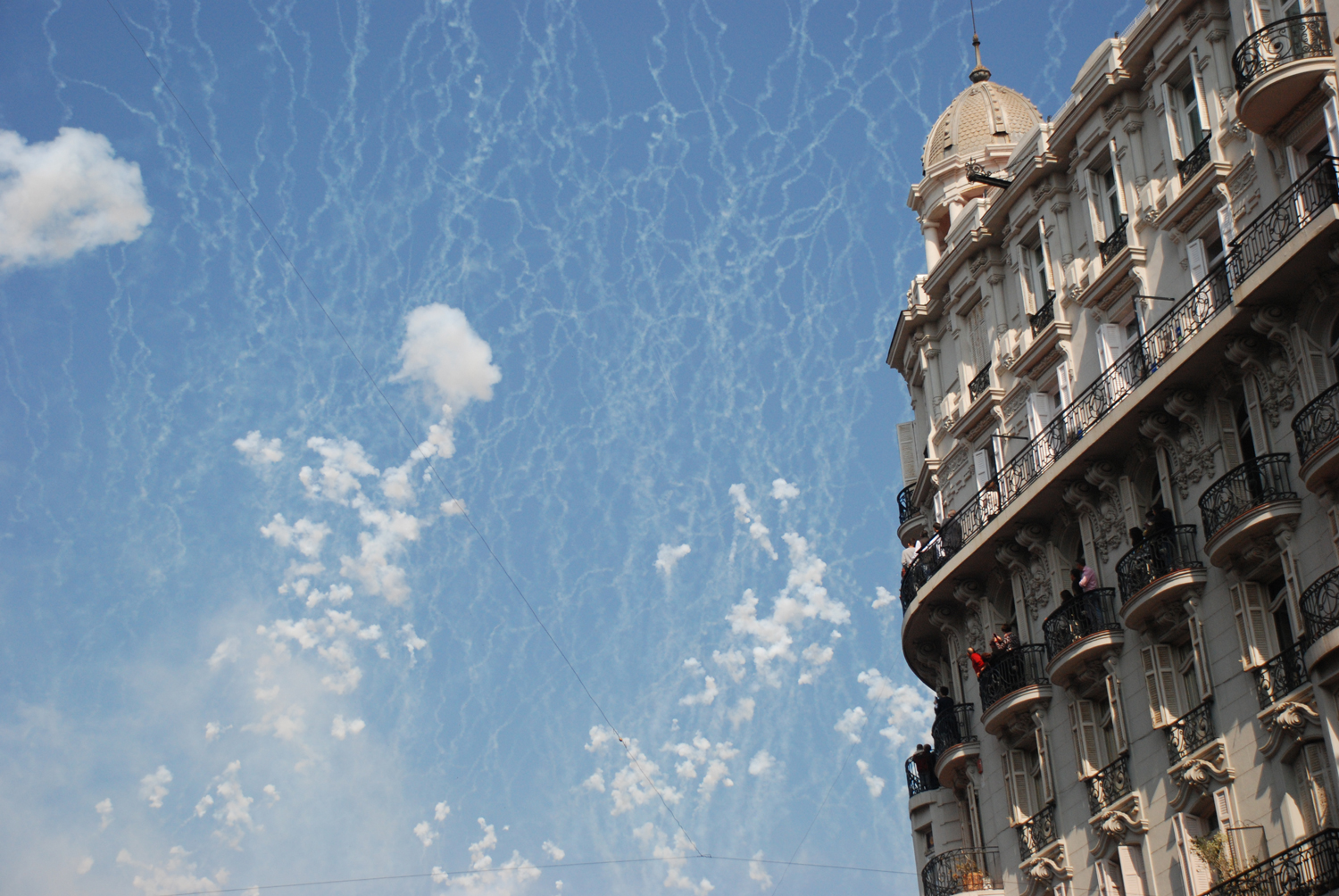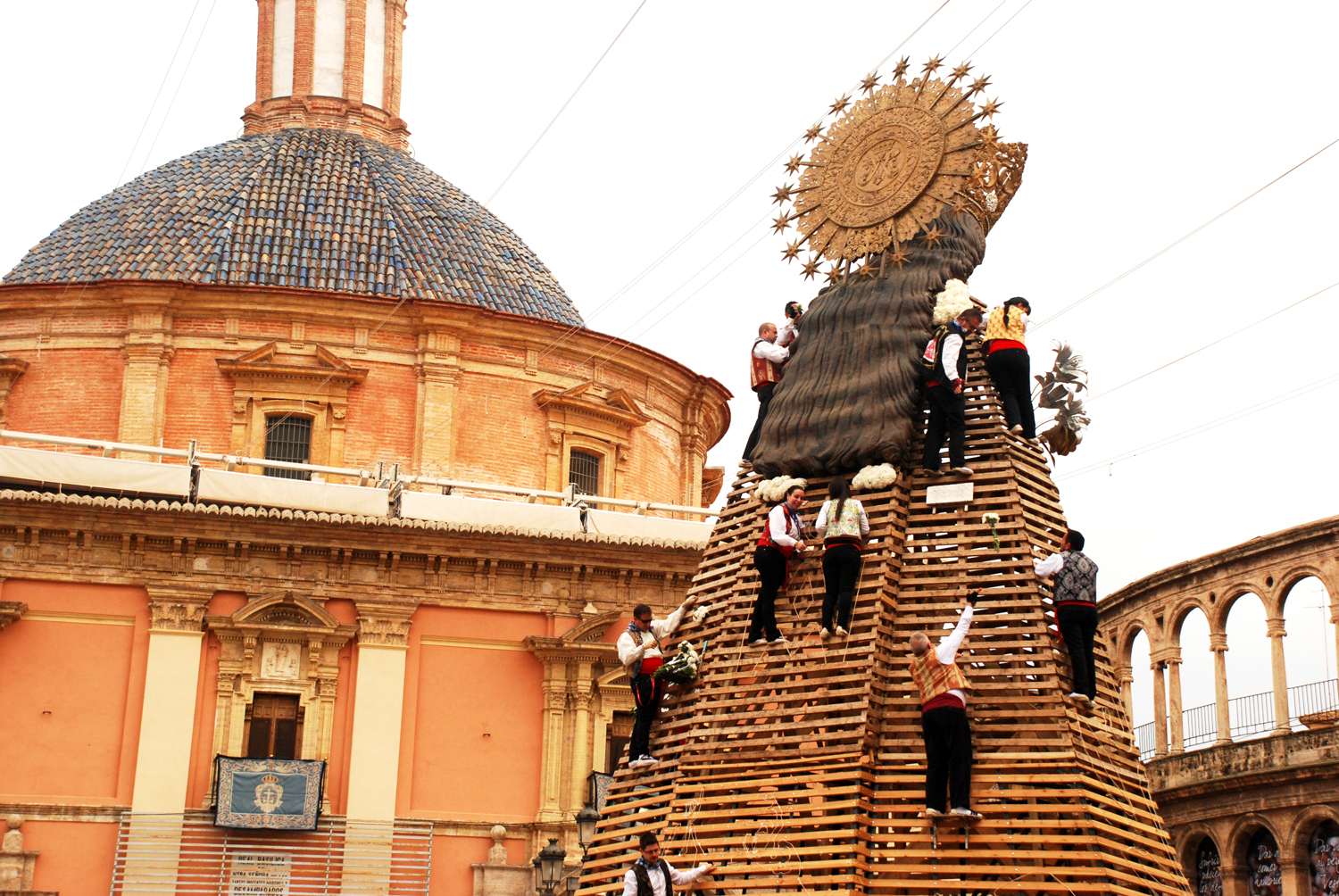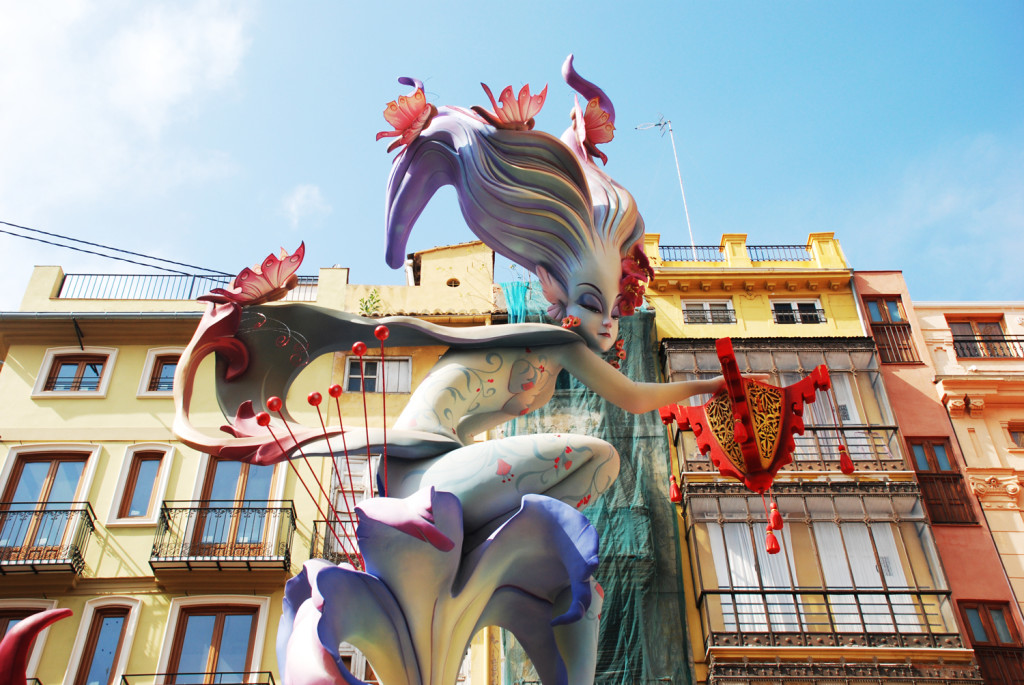Las Fallas is a spectacular festival, celebrated each year in Spain’s third largest city – Valencia. The tradition of the festival can be traced back to the city’s carpenters in the late 15th century, when during the winter months they worked by candle light, contained in elevated wooden structures to enable them to see better. At the start of spring it became a ritual to burn these structures and other old things that were no longer necessary. Today, the tradition has evolved miraculously into artistic, satirical and sometimes humorous creations made of painted papier mâché and wood and known as fallas. Many of them can even reach up 20 metres high. The burning of the fallas always falls on the day of Saint Joseph (March 19) each year.

Communities in each area of the city spend the whole year creating their fallas and preparing for the festival – the city’s most anticipated event of the calendar. This year our team returned to Valencia to check out the latest artistic designs and experience the festival atmosphere. Here’s we found at Las Fallas 2016!
La Mascleta
Every day at 2pm during the Las Falls festival, the city is bombarded by a barrage of thunderous firecrackers. It culminates in a deafening rhythmical finale which results in a cloud of smoke engulfing the Ayuntamiento (town hall) plaza.

Walk of the Falleras
Throughout two full days of the Las Fallas festival, nearly one hundred thousand Falleros (male and female), dressed in their traditional costumes, parade the streets to the sound of trumpeting from a brass band that follows close behind.

Dressing the Virgin
The female Falleras finish their parade by making an offering of flowers to the Virgen de los Desamparados (Our Lady of the Forsaken) in front of the Cathedral. The flowers are thrown upwards from person to person to enable the dressing a gigantic wooden effigy of the Virgin. Many of the Falleros become very emotional during this journey as it means so much to them.

The Fallas
With over three hundred and fifty large fallas dotted around the city (and nearly 400 smaller ones), it’s possible to find an artwork to suit everyone’s taste. From designs in a fairytale romantic style to political or erotic depictions, this is a way for the community to express themselves freely. Some of this year’s displays featured the faces of Spanish politicians on different sized Russian dolls, Roman Gods, fairytale dreamworlds and fiery-red dragons.

A chosen Fallera initiates the burning
A chosen Fallera for that year starts the splattering of explosions, which sets the sculpture alight. With a domino effect, the fire reaches the falla and a dozen little explosions begin the burning process. Bomberos (firemen) are always on hand, busy soaking the trees and walls around, to prevent a disaster. Gasps of ‘ooos’, ‘ahhhs’ and cheers can be heard as each piece of the creation is enveloped in flame and ends up on the ground.

The magnificent finale
The magnificently-tall falla in front of the town hall is the last to be burnt at 12:30am, which culminates in another spectacular display of fireworks.







